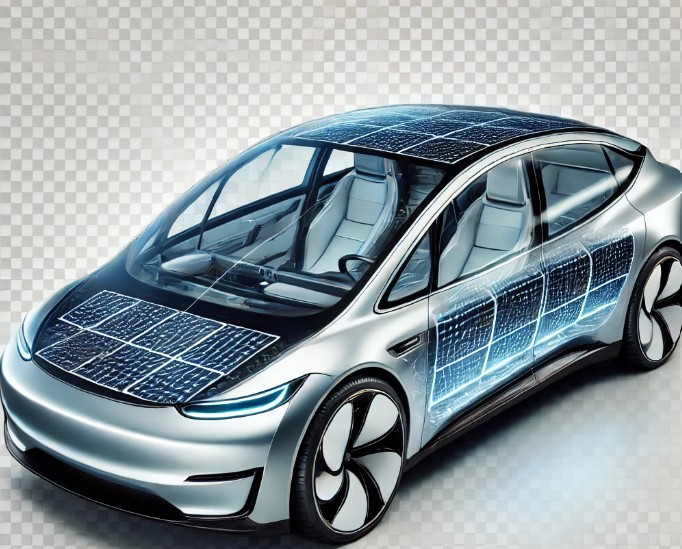The idea of integrating solar panels with EVs has captured the imagination of innovators and consumers alike. Imagine a car that charges itself while parked or even while driving, offering true energy independence. But how close are we to making this vision a reality?
The Potential of Solar-Powered EVs Solar panels integrated into EVs can harness sunlight to generate electricity, reducing reliance on external charging infrastructure. This could be a game-changer, especially in regions with abundant sunlight. Current advancements in photovoltaic (PV) technology have led to lighter, more efficient solar panels that can be seamlessly incorporated into car roofs, hoods, and other surfaces. Companies like Lightyear and Aptera are already developing vehicles with integrated solar panels, promising extended range and lower carbon footprints.
Challenges in Solar Integration Despite its potential, integrating solar panels into EVs faces significant challenges. The most critical limitation is the energy output of solar panels. A typical car roof equipped with solar cells can generate only 1-2 kWh of energy per day under optimal conditions. This translates to an additional range of 5-10 miles—useful but insufficient for most drivers’ daily needs.
Moreover, the efficiency of solar panels is highly dependent on factors like weather, location, and the angle of sunlight. Maintenance and durability are also concerns, as panels must withstand harsh environmental conditions while remaining lightweight and efficient.
Hybrid Solutions and the Path Forward Given these limitations, fully solar-powered EVs may not be practical in the near term. However, hybrid solutions that combine solar panels with traditional charging methods are already viable. For instance, solar panels can supplement battery charging, powering auxiliary systems like air conditioning or infotainment, thereby extending the vehicle's overall efficiency.
Governments and automakers are investing in research to improve solar cell efficiency and integration techniques. Breakthroughs in materials science, such as perovskite solar cells, promise higher efficiency and flexibility, potentially overcoming current barriers.
While the dream of a fully solar-powered EV remains aspirational, integrating solar panels as a supplementary energy source is becoming a reality. As technology advances, we can expect solar-enhanced EVs to play a growing role in the sustainable mobility landscape, bridging the gap between innovation and practicality.
